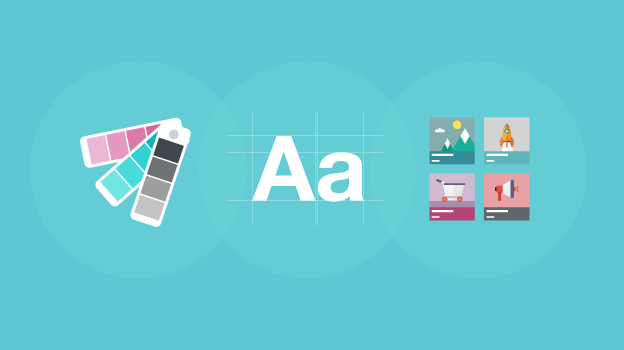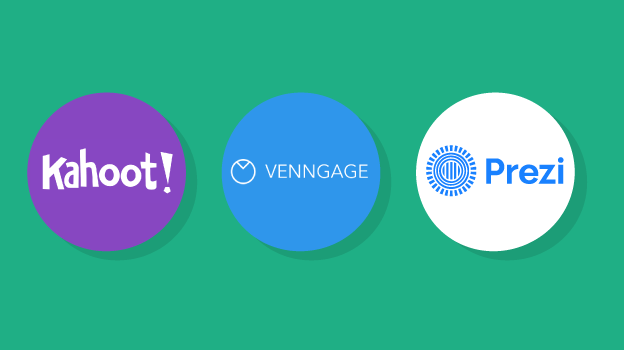
10 Free browser extensions that support students when learning online
Being online while studying can be very distracting. Between all the social media postings, pop-up ads, and all the notifications on the devices students use daily, being focused can be quite an endeavor. So what can one do?
Well, hats off to technology, and all the productivity apps, online tools, and browser extensions that help us stay focused. Here are just 10 free extensions that can easily be added to the browser a student is using when learning.
-
Stay Focusd
This is a productivity extension that helps you… stay focused on your work. It limits the time spent on various sites such as Facebook, Twitter, Instagram, CollegeHumor, BuzzFeed and so on. Stay Focusd is highly customizable – the user decides the maximum time in a day they can access certain websites and can also choose how long the “banned” period should be.
-
SpeakIt!
This one is really genius. It reads text to you. Some students are auditory learners, so they prefer to listen to something they have to learn instead of reading it. This extension is very useful for dyslexic and visually challenged students, because when they also hear the words they see on a page, they actually learn to read or improve their reading abilities.
-
TimeStats
This handy extension monitors how much time the user spends on one website or another, and creates a colorful chart to depict this information. Students can use this extension if they want to be aware of the amount of time they spend on time-wasting websites instead of studying.
-
Google Similar Pages
This extension is quite helpful and time-saving for anyone doing online research, especially when you have a hard time finding what you need and are out of new ideas. What it does? When you’re on a useful website for your research and have this extension active, it suggests new webpages with similar content.
-
Adblock Plus
Probably the most famous browser extension ever. AdBlock Plus is great for everyone who spends time online and wants to focus on the content of a certain page without getting distracted by annoying ads. It prevents ads from showing up right in the middle of the content they are reading, so they can focus better on it and learn.
-
Adblock for YouTube
As many learning materials come in the form of educational videos on YouTube, students spend quite a lot of time there. Ads that show up at the beginning of a video are just as annoying as those on regular webpages. So AdBlock created an extension that specifically removes unwanted and time-wasting video ads on YouTube.
-
CleanPrint
Some students like to handle text on a piece of paper. They can highlight keywords, paragraphs and make annotations on the margins. So they print at least a part of their online learning materials. CleanPrint helps them edit the articles on a webpage before they print or save to PDF, by removing the ads or pop-ups, resizing pictures, and even adding comments and notes.
-
Dropbox for Gmail
When it comes to e-learning, all teaching and learning materials come in a digital format. Dropbox is a safe place for keeping online documents, videos, audio files, presentations, and any other sort of project you are working on. The Dropbox for Gmail browser extension makes everything just one click away. You can send and preview Dropbox files without leaving your Gmail window.
-
The Great Suspender
Everyone is guilty of opening up too many tabs at once. Sometimes, it really is necessary. For example, a student can have their online course open in one tab, the current lesson in another, the assignment in another, some research materials in another two to ten, and so on. The Great Suspender solves this issue by suspending inactive tabs. It automatically unloads each tab while keeping its favicon and title text.
-
Save to Pocket
The internet is full of interesting information, but we don’t have time to read it all. Some websites get a spot in a bookmarks folder, but this isn’t always the best way to handle all the useful things we find online. With Save to Pocket, students can save articles, videos and pretty much any learning material directly from the browser or social media app.
Visit our Blog for insightful posts on edtech for K-12 and Higher Ed.







